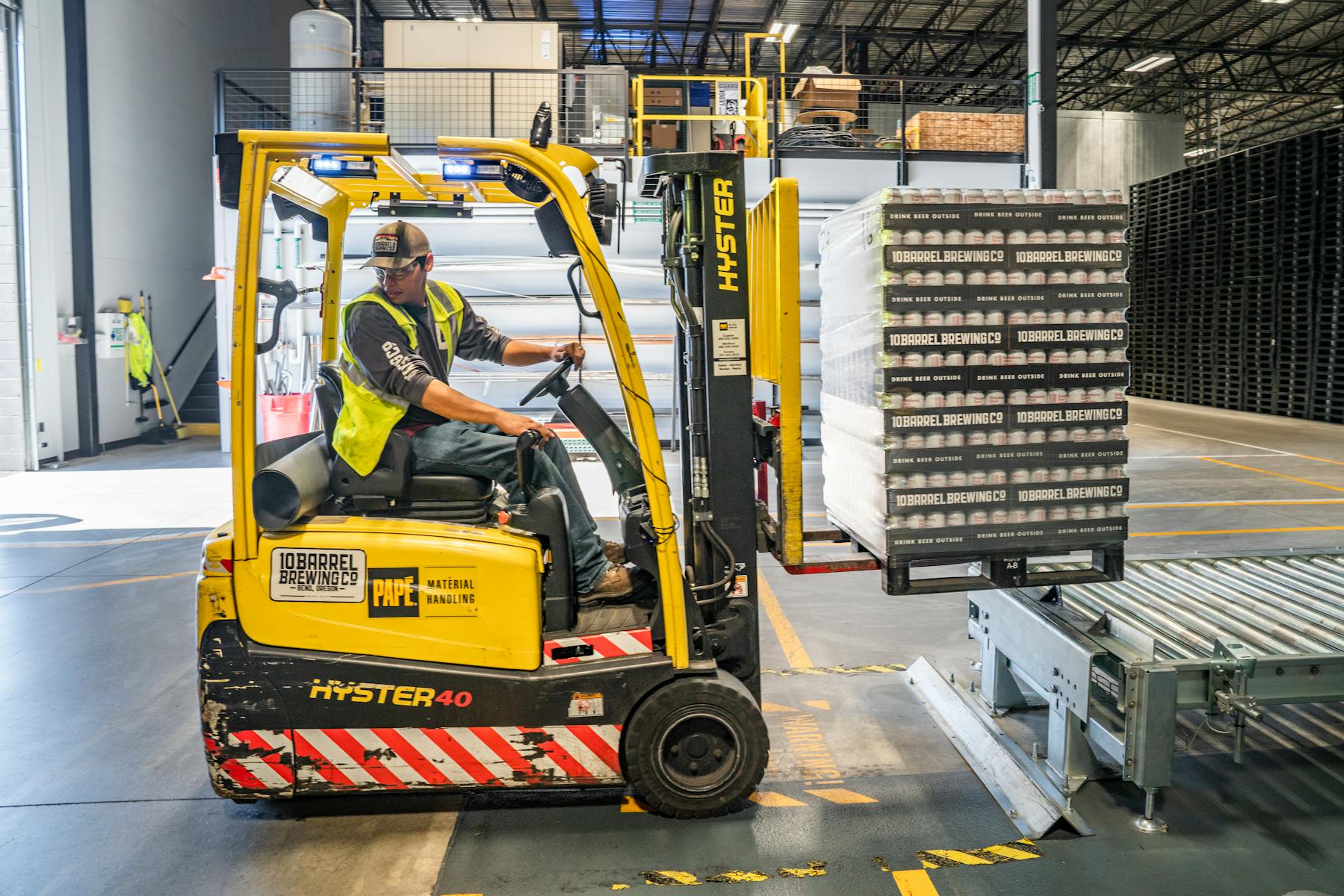Baggage handlers are among the most under-appreciated employees in the airline industry. Passengers remember to cheer for their pilot when they land and to thank the flight staff for the service they receive. When it comes to the hard-working individuals making sure that their luggage reaches their connecting flights and arrives in the baggage terminal quickly, people just seem to take the work for granted.
Not only is baggage handling a thankless job, but it is also a dangerous one. Baggage handlers can get seriously injured in a number of different ways because of their job responsibilities. Let’s look at the most common.
Overexertion is a real risk when repeatedly lifting heavy objects
Manually lifting and loading suitcases and animal carrier crates, even if they go from a transport vehicle to a conveyor belt, requires repeated physical exertion. Workers could hurt their hands, shoulders, backs or even their legs while lifting and moving baggage for passengers on a flight. In addition to sudden traumatic injuries, they could also develop repetitive motion injuries.
Vehicles and equipment are a constant source of danger
The motorized vehicles used to transport baggage carts and the planes themselves are potentially dangerous vehicles for those working in baggage handling. Working with conveyor belts and other baggage-moving systems can also result in severe, traumatic injuries.
From hearing loss to amputations, there are dozens of ways a job in baggage handling could permanently affect someone’s health and quality of life. Thankfully, those workers injured as a result of their work can seek medical and disability benefits through workers’ compensation. Recognizing those risk factors and knowing your rights can help you if you need workers’ compensation benefits after getting hurt on the job.



